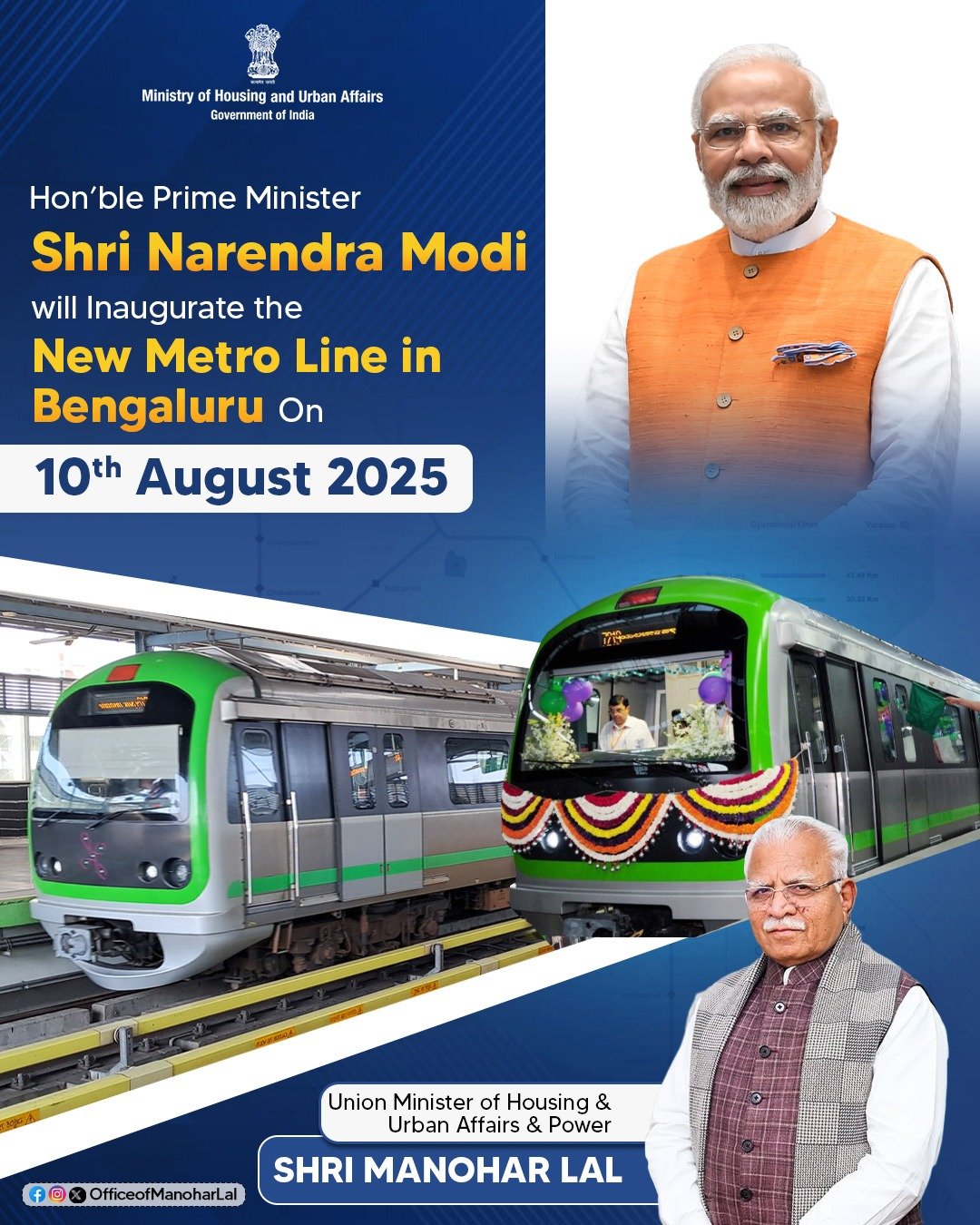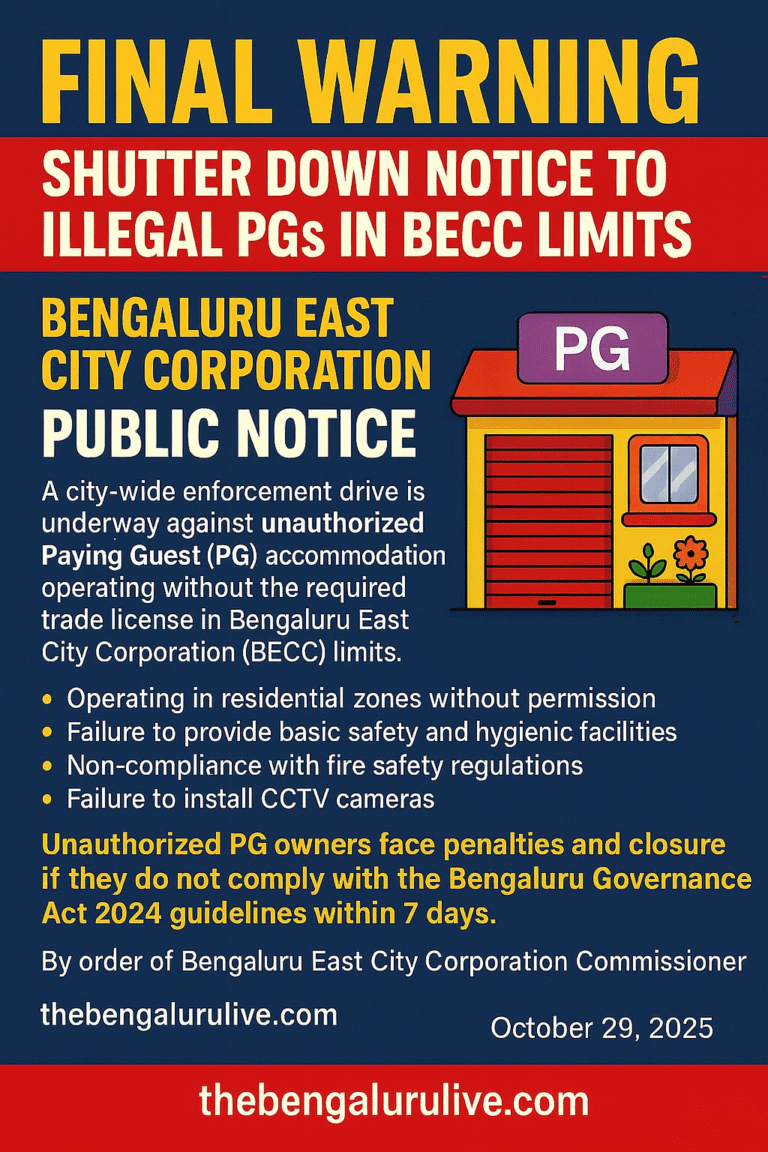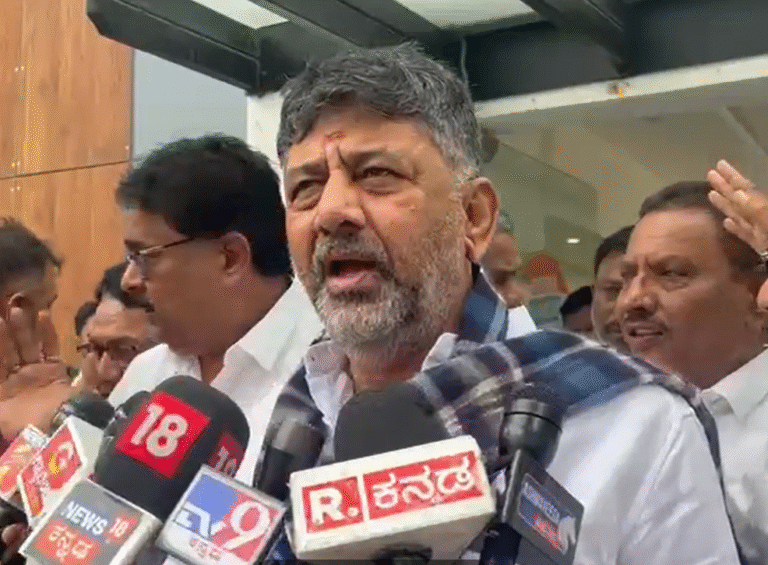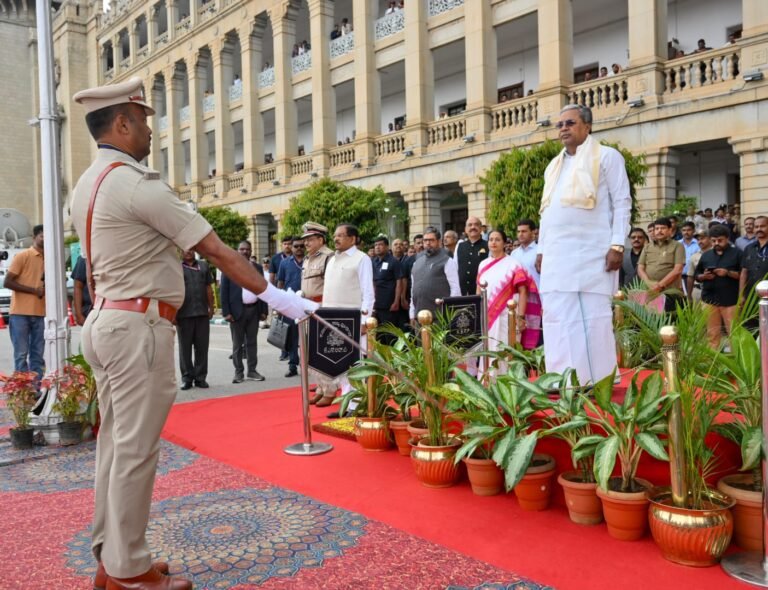
Bengaluru: Prime Minister Narendra Modi will inaugurate the 19.15-km Yellow Line of Bengaluru Metro connecting RV Road to Bommasandra and lay the foundation stone for Phase 3 of Namma Metro, covering 44.65 km, during his visit to the city on August 10, 2025.
Union Minister for Housing and Urban Affairs Manohar Lal confirmed the developments via a post on X (formerly Twitter), stating that the Yellow Line has been developed at a cost of ₹5,056.99 crore, with 16 stations spanning key transit zones in southern Bengaluru.
I am pleased to announce that the Hon’ble Prime Minister of India has kindly agreed to inaugurate 19.15 km Yellow Line from RV Road to Bommasandra of Bangaluru metro with 16 stations at the cost of Rs 5,056.99 Cr and lay the foundation stone of 44.65 km of Bangalore phase-3 at… pic.twitter.com/Xxkh9iw6t9
— Office of Manohar Lal (@officeofmlk) August 2, 2025
The Phase 3 expansion, with a project cost of ₹15,611 crore, will mark a major leap in the city’s mass transport network, aimed at boosting last-mile connectivity and decongesting Bengaluru’s choked roads.
Bengaluru South MP Tejasvi Surya, also posting on X, hailed the announcement, saying:
“PM Modi ji will inaugurate the all-important Yellow Line metro on August 10. This line will benefit nearly 8 lakh commuters daily and significantly ease the infamous Silk Board traffic jam. Public transport remains our best tool to combat urban congestion.”
Surya further said the project is being completed on schedule, ahead of the August 15 deadline, thanks to the Prime Minister’s personal intervention and push for timely execution.
Hon. PM Sri @narendramodi Ji will inaugurate the all important Yellow Line metro on August 10.
— Tejasvi Surya (@Tejasvi_Surya) August 3, 2025
On behalf of all people of Bengaluru, I thank PM for always prioritising infrastructure development of our city.
This line will cater to close to 8L riders and the infamous Silk… https://t.co/c9sWazW4WC
The Yellow Line will become a game-changer for southern Bengaluru, offering critical connectivity between IT corridors, residential zones, and industrial hubs, aligning with the city’s broader goal of sustainable urban mobility.





